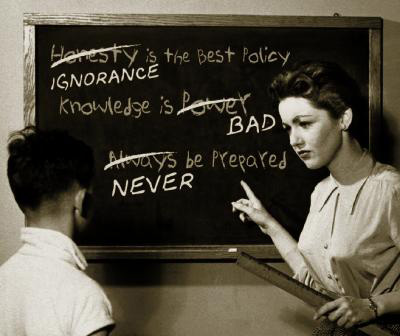Conrad Ostwalt, in his chapter on apocalyptic films suggested people are preoccupied with the end of the world imaginations because it is connected to the postmodern context that tends to deny anything absolute. As he stated, “if the absolute falls, so falls all else.” I think it’s a little more complicated than just a tendency to deny anything absolute… but I have yet to understand what that may be.
I definitely find comfort in believing in a world that will exist long after I am gone. Surely, my need for the world to be absolute is partially what results in my disinterest in apocalyptic films. But I also enjoy feeling connectedness to the people around me. Apocalyptic films bring about feelings of desolation and loneliness – feelings I don’t yearn for on a daily basis.
I have seen several end of the world films but the one that stands out in my mind is Left Behind. Now that I think of it, it was a bit of a funny experience. My friend (who happened to be Muslim) invited about 15 friends to watch a movie for her birthday. None of us expected to watch such a horrible film as Left Behind proved to be (4.5 stars on IMDb). I clearly remember leaving the movie theatre feeling as though I had lost an hour and half of my life forever. But at the same time, I felt a small sense of relief know I was “safe” if the apocalypse were to come since I had been going to church at that time. Perhaps I am just being ignorant to reality but I would just rather live without having to worry about the end of the world looming over me.
With so many successful end-of-the-world films such as Independence Day and Armageddon and the extremely long list of apocalyptic and post-apocalyptic fiction listed on Wikipedia (http://en.wikipedia.org/wiki/List_of_apocalyptic_and_post-apocalyptic_fiction) can you please help me understand why it is so popular? Surely, there is something I’m missing out on.











